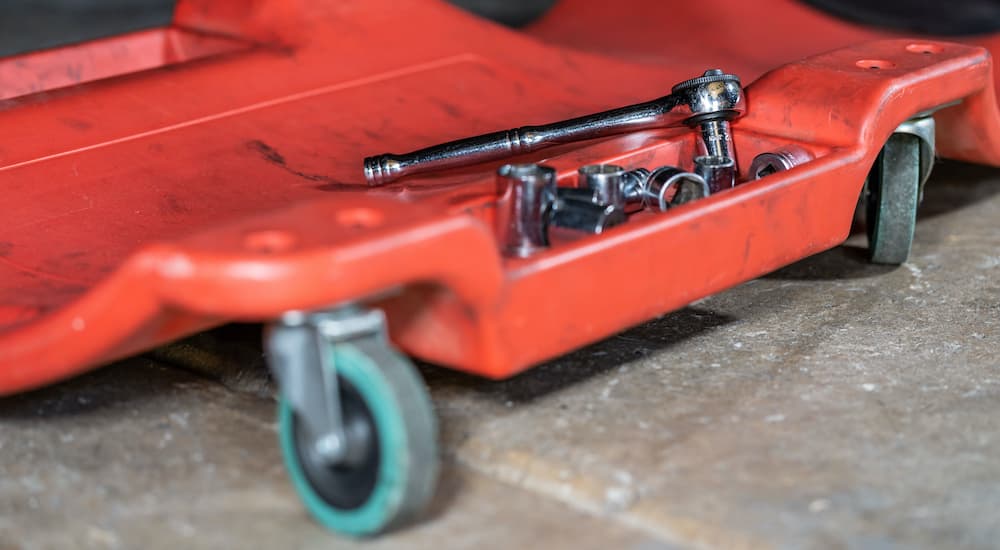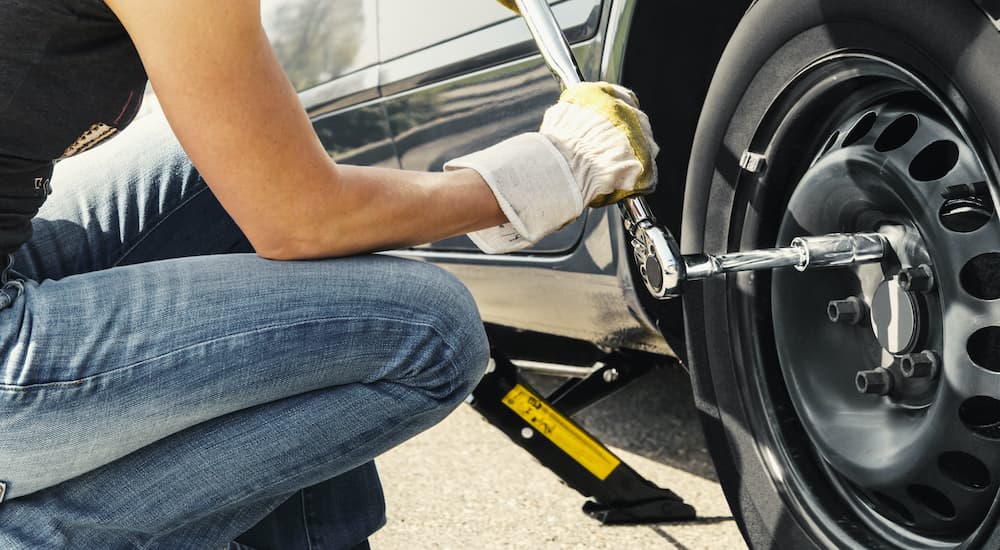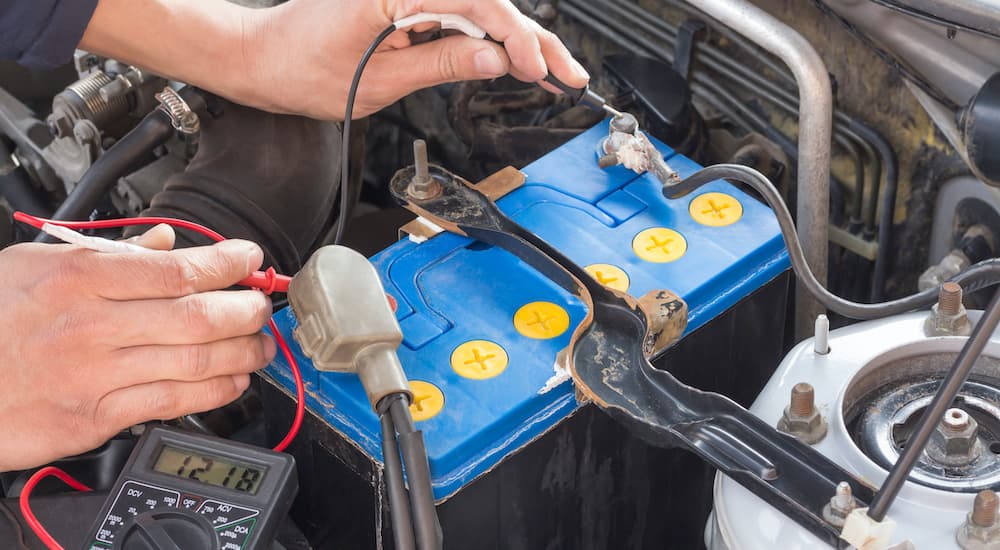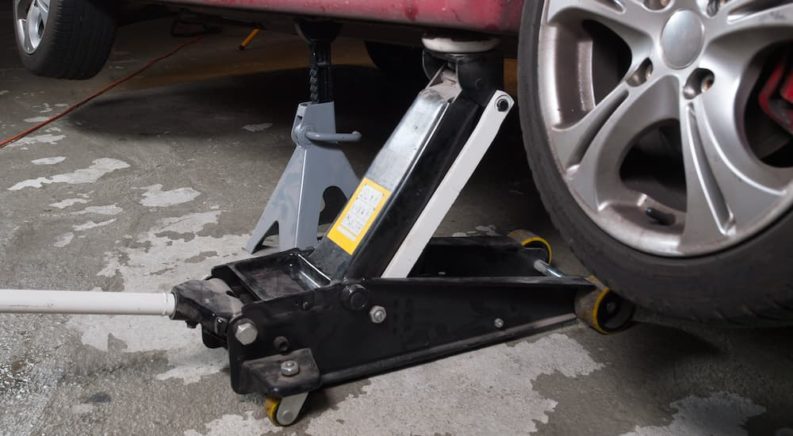Although sometimes you need a professional to handle serious work on your vehicle, there’s nothing quite like the satisfaction that comes with working on your car and fixing something yourself. However, you need two things before you do any work on your vehicle: an understanding of how to do the task and the right tools to get the job done. A lot of the time, you’ll need some replacement parts too, but that really varies from one kind of work to another. As long as you have the tools you need to get the job done, it’s easy enough to get some specific parts when the task calls for it.
Today, I’m going to take you through some of the most important tools that you need before doing intermediate work on your vehicle, like changing your own oil. This isn’t necessarily comprehensive, so there might be some other specialized tools you’ll need here or there, but these ones are all pretty common. With these tools, and some more basic things like screwdrivers, flashlights, and funnels, you can get a lot of work done on your vehicle.
#1 – Floor Jack
A lot of intermediate car work requires that you have access to the underside of your vehicle, but you probably don’t have a massive lift like your mechanic does. A floor jack is a simple hydraulic jack that rides on wheels, so you can easily move it around your garage and get it into place. Then you simply use the handle to raise your vehicle up a safe amount so you can get underneath it for service.
#2 – Jack Stands and Blocks
While a jack is used to lift a vehicle, it should never be relied on to support a vehicle while you are working underneath. Instead, you should have a set of jack stands that you can place under your vehicle once you use a floor jack to raise it. Jack stands also allow you to remove the jack, which can make it easier to get at certain parts of the car.
Before using a jack and jack stands, you will want to chock the car’s wheels to keep it from rolling. A good set of wooden or rubber blocks is perfect for keeping your wheels from rolling forward or backward. Before you raise your car up with a jack, you should place blocks both behind and in front of at least one tire, though placing them on opposite tires is even more secure to keep your car in place while you work on it.
#3 – Wheel Ramps
If you do a lot of work on your vehicle and need to get under it often, then using a jack to raise it every time can be a hassle. Wheel ramps are just what they sound like: short ramps that you can drive up onto and then park your vehicle on the flat surface at their top. Using wheel ramps, you can elevate your car quickly and easily without using a jack each time.
#4 – Creeper
Referred to as a “mechanic’s creeper” or “human dolly,” this strange-sounding item is actually quite simple: it’s a flat surface that you lay on with wheels underneath it. This lets you easily slide under your vehicle once it’s lifted up and quickly shift, adjust, and maneuver while you’re under there. High-quality creepers are designed for comfort as well as functionality to reduce strain and aches after a long period of use.

#5 – Socket Wrench
One of several types of wrench you should have before doing any intermediate work on your vehicle, a socket wrench is a type of ratcheting wrench that multiple sockets can be attached to. This gives you one tool that has heads you can swap out to let you turn fasteners of different sizes. When working on a vehicle, you’ll find a lot of different nuts and bolts that you’ll need to remove, and a socket wrench can handle most of them.
#6 – Allen Wrenches
Also called a “hex key” or “Allen key,” these tools are usually shaped like an “L” and have a hexagonal profile to them. You use them to loosen or fasten bolts and screws with hexagonal sockets in their heads – they can come in a wide range of sizes, and you can also get Allen key adaptors for a socket wrench.
#7 – Torque Wrench
At first glance, a torque wrench can look pretty similar to a standard socket wrench, but it has a very important difference. Torque wrenches are designed to measure the specific amount of torque or force that you’re applying to a fastener. Bolts and other engine components often need to be tightened in an exacting way; a torque wrench will let you secure them without over-tightening.

#8 – Filter Wrench
This is a wrench designed with an adjustable strap or an adaptor at the end of the handle. You can tighten the strap or adaptor onto an oil filter and then use the handle to loosen or tighten it. These are essential when removing an oil filter that has been machine-tightened at a factory.
#9 – Snap Ring Pliers
Snap rings can be found on various parts of your vehicle, and they help keep circular parts secure on a rod or axle. To remove and replace these rings, you’ll need a pair of snap ring pliers, which perfectly fit into the holes on a snap ring, loosen it, and then let you easily remove it.
#10 – Magnetic Tray
Just as its name suggests, a magnetic tray is a metal tray or pan that is fully or partially magnetic. This is used so that you can place screws, nuts, bolts, and other small metallic parts into it without worrying about them becoming lost if the tray is jostled while you’re working. You only have to send a tray full of bolts flying across the floor of a crowded garage one time to realize why you need one of these!
#11 – Magnetic Pickup Tool
This is a simple tool that can make your life a lot easier. It’s basically a small handle with a long neck attached to it that has a magnet at the end. They’ll usually have either a rigid, telescoping design or are flexible so that you can shape them to get into crevices. These tools let you easily reach into tight spaces and pick up screws, bolts, or other metallic items.

#12 – Multimeter
A multimeter is a handheld device that lets you measure various electrical properties, including voltage, current, and resistance. It’s called a “multimeter” because it can measure multiple things, while similar devices usually serve one function. Any time you’re dealing with your car’s wiring, battery, or electrical systems, a multimeter can be invaluable.
#13 – Rubber Mallet
This one’s very self-explanatory: it’s a small mallet, similar to a hammer, but the head is made from rubber rather than metal. Rubber mallets are perfect when you need to apply force or “hammer” something, but you don’t want to damage it like a metal hammer will. These are useful for a wide range of applications.
#14 – Breaker Bar
A breaker bar is one of the most important tools that you can easily overlook until you really need it. This is essentially a non-ratcheting socket wrench that has a very long handle. Due to the length of the handle, the breaker bar gives you a tremendous amount of leverage, which lets you apply far more torque than a standard socket wrench can. You use a breaker bar to loosen screws, bolts, and other fasteners that have been machine-tightened, painted into place, rusted, or otherwise nearly immovable.

